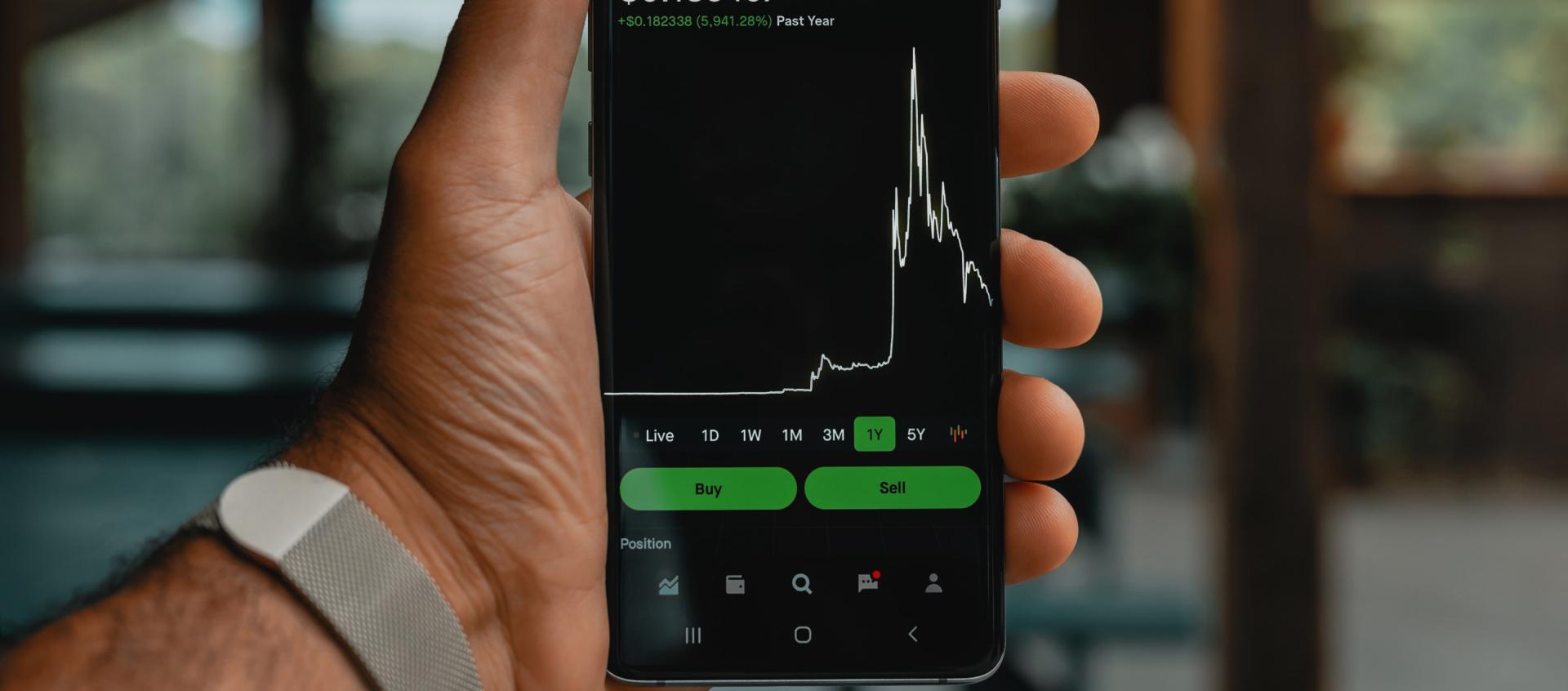Cybersecurity solutions
Whether you want to optimize an existing security posture, design a security framework customized to your needs, or coordinate round-the-clock maintenance of security systems, our cybersecurity team provides best-in-class results.
Cybersecurity assessment services
We offer comprehensive cybersecurity solutions and consulting services for businesses at any stage of growth. Our clients rely on us to advise, implement, and operate security systems that are tailored to their needs, no matter their industry.
Cybersecurity consulting
We consult for clients seeking innovative cybersecurity design and implementation advice. With assessments, frameworks, threat identification, risk management, and compliance, our advisory team provides the insights needed to align the cybersecurity posture of your operation with the priorities of your business.
Application security testing
Our application security testing teams run end-to-end tests to identify security vulnerabilities from surface-level exposure to footholds and penetration testing, reducing both the possibility of a breach as well as establishing optimal infrastructure for incident response.
Risk management and compliance
Our teams create risk analytics strategies and compliance protocols combined with risk management and compliance software for seamless integration with your operations, identifying — and rectifying — potential risks or compliance gaps before they can become an issue.
Security auditing
Security audits assess the effectiveness of your current software and security policy implementation. Our security auditing team will show you what vulnerabilities are still present in your system's current configuration, as well as in your security and response protocols.
Security audit packages
As a pillar of effective cybersecurity maintenance, we provide cybersecurity assessment services to test your system’s adherence to the internal and external criteria needed to maintain continued data security and compliance. We offer various security audit packages
Recommended for
Guaranteed outcomes
Security audit
Recommended for
- Assessing the effectiveness of your current cybersecurity infrastructure
- Reviewing your state of compliance
- Determining if external security standards are being met
- Post-incident system review
Guaranteed outcomes
- A full cybersecurity assessment of internal and external vulnerabilities, opportunities for improvement, identified gaps, and next steps on how to secure them, all within 3-6 weeks
Security audit and post-audit assistance
Recommended for
- Improving core performance of your cybersecurity environment
- System hardening for companies without in-house cybersecurity experts
- Immediately bridging security gaps and mitigating risks
Guaranteed outcomes
- A full cybersecurity assessment within 3-6 weeks
- Direct operationalization of system improvements, removal of vulnerabilities, expert recommendations on next steps and software adjustments
Security audit subscription
Recommended for
- Live or actively developing security systems requiring consistent assessment and maintenance of high security standards
- Businesses operating in highly regulated industries like finance and healthcare
- Reducing overhead on auditing and security assessment
Guaranteed outcomes
- Routine security audits with iterative performance analysis, an established security program with protocols for ongoing and incident response support. An initial audit takes 3-6 weeks, with subsequent audits requiring only 1-2 weeks for further checks

Start seeing improvements in cybersecurity today
Still have questions? Good. We like those. Whether you’ve got inquiries about the specific security needs of your business or questions about our services and how we can elevate your response to cyber threats, don’t hesitate to get in touch today.






